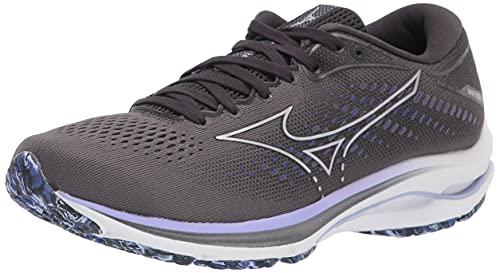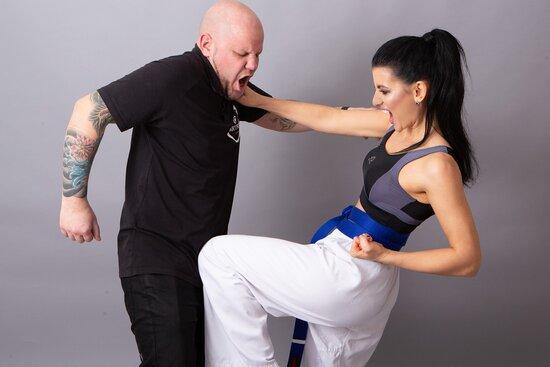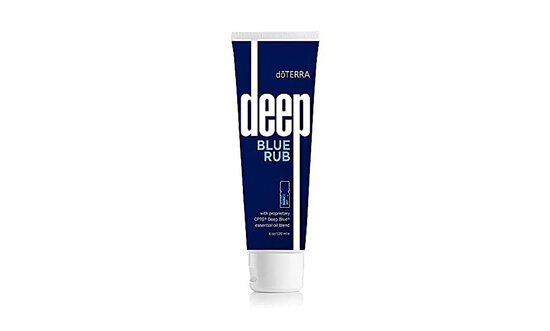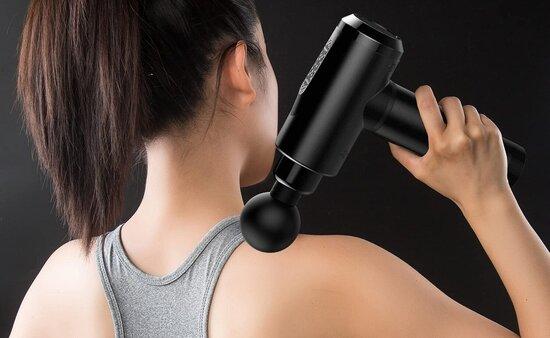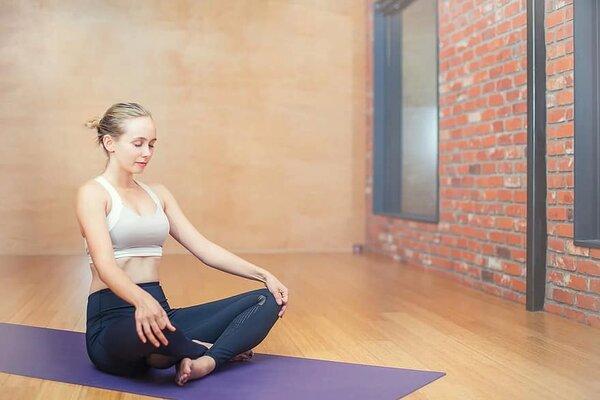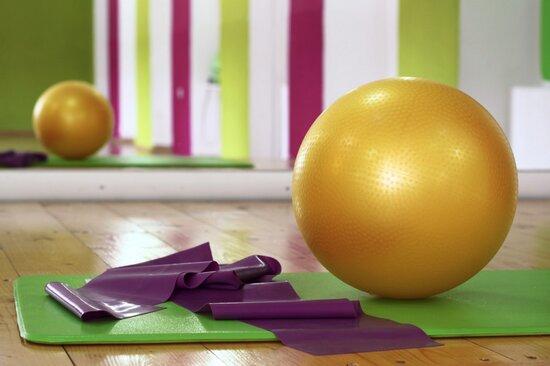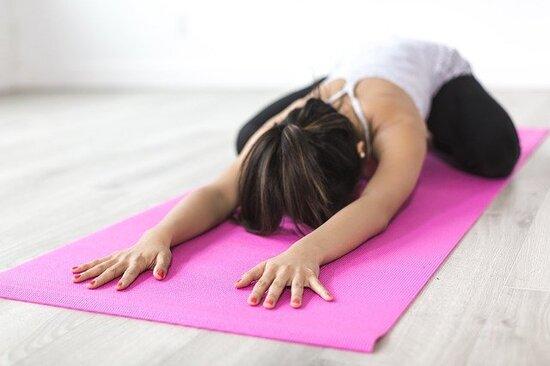
(Note: Some of the links in this post are affiliate links, and we will be compensated when you make a purchase by clicking through our links at no additional cost to you.)
If you lead an active lifestyle, chances are you consider stretching to be a necessary component of any workout. Most forms of exercise, from yoga to weight lifting, often stress the importance of incorporating stretching into your daily routine. Why is it that we put so much stock in being able to touch our toes? What is it about stretching that contributes so much to our workouts? Most importantly, is there a “right way” to go about this stretching business? Well, ladies, we are here to answer your questions! Take a look below to learn why you should be stretching every day!
What does stretching really mean?
When asked to consider the benefits of stretching, many of us immediately think of that friend we have who practices yoga or Pilates on a regular basis. We imagine the extreme version of stretching, where people are so inhumanely flexible that they are capable of twisting themselves into knots. However, a more comprehensive definition of stretching is based upon the concepts of flexibility and range of motion. This basically means that a standard cannot be used when we are trying to determine a person’s stretching capabilities; it is defined by the individual. So when you catch a glimpse of that contortionist next to you at the gym folding herself in half, don’t lose heart!
>>> Discover the Top Products to Sooth Sore Muscles
Is there a right way to stretch?
Contrary to popular belief, stretching is not necessarily about how flexible your muscles are. It is actually considered unhealthy to stretch past your body’s limitations, as your muscles are not the ones who dictate your range of motion. Every one of your bones and joints has a contact surface that regulates just how far you are capable of stretching. So when you reach down to touch your toes, you aren’t just stretching muscle; your joints and ligaments are sliding across various surfaces. Sounds a bit like nails on a chalkboard, right? It is important to remember that maintaining your normal range of motion is an integral part of healthy joint movements, but those individuals who stretch beyond the natural limitations of the body may be in danger of creating unnecessary wear and tear on their joints and ligaments. So yes, there is definitely a right way to stretch!
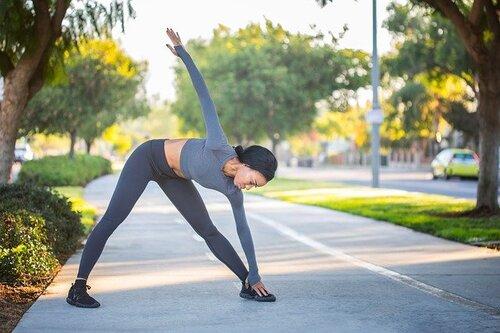
Can stretching be harmful?
Unfortunately, stretching too long or too hard can take its toll on our bodies. Stretching past your limitations can alter body alignment, muscular balance, flexibility and posture, so make sure you stay tuned in to what your body is telling you! Take care not to suffer through an unnatural pose, especially if it is hurting you. This is stretching; you aren’t trying to win a marathon, here! “Everything in moderation” might be a good motto to live by, in this case.
What is the proper stretching technique?
There are a couple key elements that you should always keep in mind as you stretch in order to prevent unnecessary injuries:
- Don’t stretch first: We know it might be tempting to loosen your muscles before you jump on the treadmill, but studies have shown that stretching your muscles while they are still cold actually increases your chances of pulling a muscle. Instead, try to walk for a couple minutes at an easy pace to warm up, and then hit the mats.
- Begin with dynamic stretches: Start with slow, controlled movements to loosen up those muscles. Running through a vinyasa sequence, doing some arm circles, or hip rotations are great ways to get your body ready to workout. Make sure that you are maintaining good form, though!
- Use static stretches after your workout: Since your muscles will be warm and loose by the time you are done exercising, they will be primed for those static stretches. You will be much less likely to pull a muscle, and you can work through those knots that may have formed during your routine.
- Don’t stretch to the point of pain: At the most, you should experience some slight discomfort while you stretch. If you are in pain, you are risking injury. Make sure you start easy and work your way up, rather than throwing yourself right into the stretch.
Remember that while stretching may be an important element of your workout, it is NOT a workout in and of itself. This is your chance to cool off, get that breathing under control, and massage those muscles!
>>> Discover the Top Massage Guns for Muscle Soreness and Recovery
For more tips on the science of stretching, check out our sources here: Massachusetts Institute of Technology, Active.com, WebMD, Sports Fitness Advisor
All information provided by RunderWomen.com is of a general nature and is furnished for educational purposes only. You should not rely on this information as a substitute for, nor does it replace, professional medical advice, diagnosis, or treatment. If you have any concerns or questions about your health, you should always consult with a physician or other health-care professional. Do not disregard, avoid or delay obtaining medical or health related advice from your health-care professional because of something you may have read on this site. YOU ARE ENCOURAGED TO CONFER WITH YOUR PHYSICIAN OR HEALTHCARE PROVIDER WITH REGARD TO INFORMATION CONTAINED ON OR THROUGH THIS WEB SITE. AFTER READING ARTICLES OR OTHER CONTENT FROM THIS WEB SITE, YOU ARE ENCOURAGED TO REVIEW THE INFORMATION CAREFULLY WITH YOUR PROFESSIONAL HEALTHCARE PROVIDER. The use of any information provided on this site is solely at your own risk.

